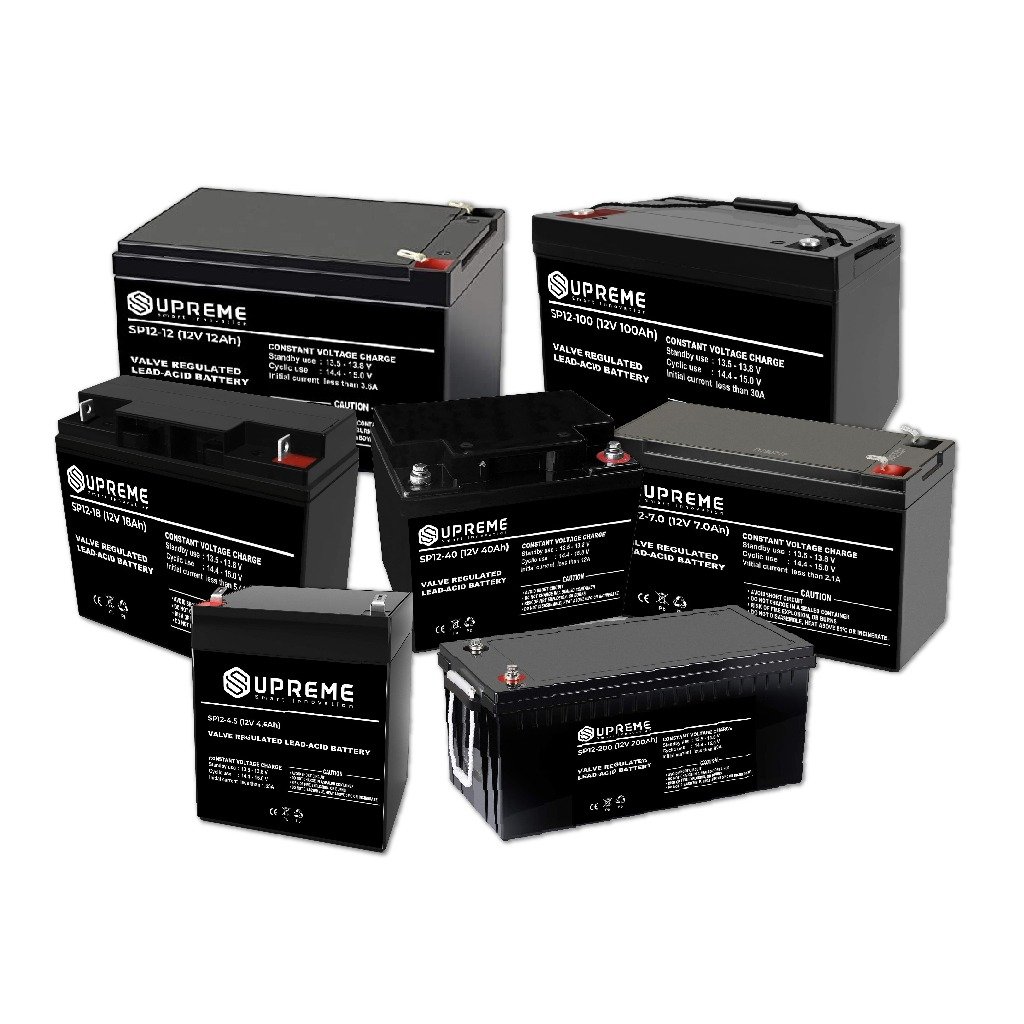
The Pursuit of an Uninterruptible Power Supply
To ensure the availability of a UPS system, proper consideration must be taken of each application and its requirements.

An uninterruptible power supply (UPS) is a great way to ensure that power to important loads is not lost in the case of a power failure. When incoming power to the UPS is lost, it immediately switches into battery mode, which allows the connected loads to run off this reserve energy. But if the UPS itself fails, then any power loss will shut down the entire system. Therefore, it is important to make sure a UPS is reliable and reaches its full lifetime potential. Using the proper battery for each application and constantly monitoring the system to maximize uptime can ensure the full life of a UPS.
No matter how good a UPS is, without a battery, it can do nothing to buffer power. If the UPS loses incoming power and the battery is discharged, disconnected, or dead, then the entire system will shut down. It is therefore crucial to use the proper battery for each application. There are many types of battery technologies, but two popular options are valve-regulated lead-acid (VRLA) and lithium-ion (Li-ion).
VRLA are a variant of lead-acid batteries, which are commonly used in automotive. Simply put, they operate by suspending two plates of lead (the electrodes) in diluted sulfuric acid (the electrolyte). This enables the flow of electrons when a chemical reaction occurs between the lead and sulfuric acid. This reaction produces lead sulfate and water, and charging the battery reverses this reaction.

Even the best battery will eventually reach end of life, so finding the optimal time to replace it can save system downtime and money.
Charging can also produce hydrogen and oxygen through hydrolysis if the charging current is too great. In a typical lead-acid battery, these gases escape and must be replenished with water or electrolyte. Compare that to a valve-regulated battery, where the gas is retained and recombined into water (usually with the help of a catalyst). If the pressure ever gets too high, the safety valves open and allow the pressure to return to safe levels.
Li-ion batteries are similar in concept to lead-acid batteries, except they use different materials. The electrodes, in this case, are typically a metal-oxide for the cathode (positive side) and graphite for the anode (negative side). This metal oxide is usually lithium-cobalt oxide, lithium-iron phosphate, or lithium-manganese oxide. The electrolyte is typically a mixture of organic carbonates.
To create power, lithium ions carry current across the battery from the negative to the positive electrode. When a current is applied, this process is reversed, and the ions travel back to the negative electrode. Li-ion batteries can catch fire if they are overcharged or short-circuited, so various safety devices are installed such as voltage regulators, temperature sensors, and microcontrollers. Many batteries and UPS systems will disable themselves if unsafe conditions are reached.


